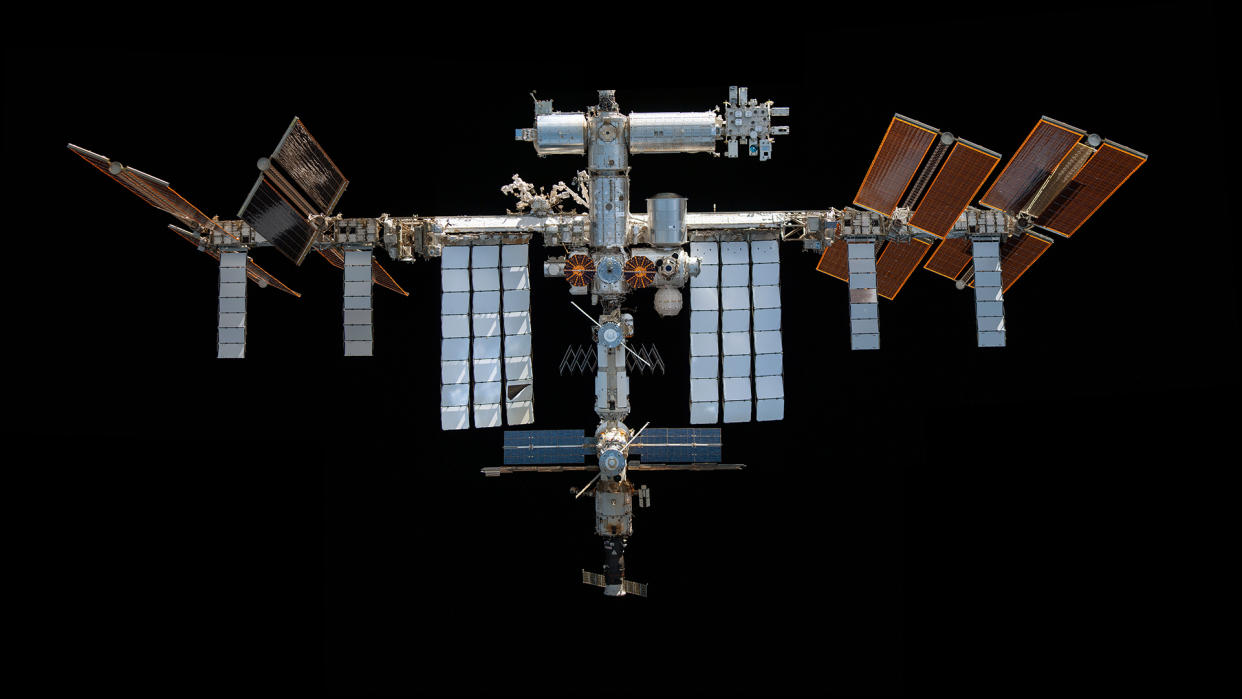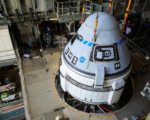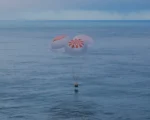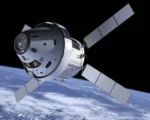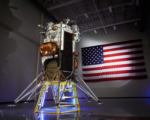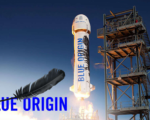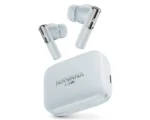ISS Crew Responds to Toxic Smell from Russian Cargo Spacecraft, Safety Measures Activated
A recent incident aboard the International Space Station (ISS) raised alarms when the crew detected an unusual smell upon opening the hatch of the Russian Progress MS-29 cargo spacecraft. The spacecraft, which had successfully docked to the Poisk module, was found to emit an unexpected odor and small droplets, prompting immediate safety protocols. The crew acted swiftly to contain the affected area, ensuring the health and safety of all personnel aboard the station.
Containment and Investigation
According to a tweet from the official ISS account, the odor was described by NASA astronaut Don Pettit as “reminiscent of spray paint.” This raised concerns that the smell could indicate contamination within the Russian segment of the station. As the crew investigated further, they decided to close off the area around the spacecraft and take necessary precautions to prevent any harmful exposure. The detection of visible droplets in the spacecraft added to the urgency of the situation.
Safety Protocols and Air Purification
In response to the potential contamination, NASA and Roscosmos activated air purification systems to mitigate any risks. The American segment of the ISS deployed its Trace Contaminant Control Subassembly (TCCS), while additional filtration systems in the Russian module worked to restore air quality. The ISS team also ensured that all crew members were equipped with personal protective equipment (PPE) to safeguard them from any potential toxins or irritants in the environment.
Ongoing Monitoring and Return to Normal Operations
While the exact source of the odor remains under investigation, the situation was quickly brought under control, with air quality returning to safe levels. NASA and Roscosmos will continue to monitor the environment aboard the ISS to prevent any further issues. This incident highlights the rigorous safety measures in place to protect astronauts while operating in the unique and challenging conditions of space.


